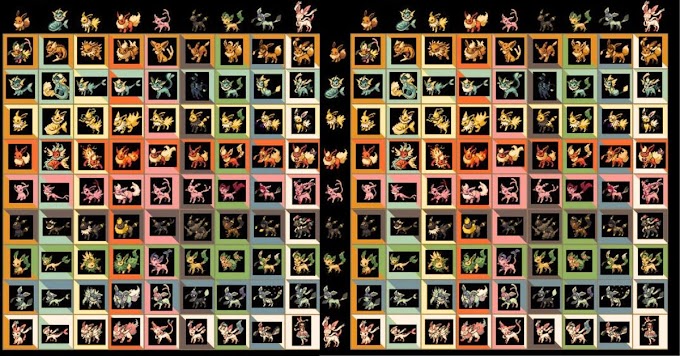ML to Grams Converter
In the realm of measurement units, millilitres (ML) and grams stand as vital metrics, often used in various domains such as cooking, science, and pharmaceuticals. Millilitres are a unit of volume, while grams measure mass. Understanding how to convert millilitres to grams is crucial for precise measurements, especially in the kitchen or laboratory settings. This guide elucidates the concepts, history, formulas, and practical examples of converting millilitres (ML) to grams.
How to Use ML to Grams Converter
- Just type the amount in the designated field, and voila! You'll instantly see the equivalent measurement in grams.
- And hey, if you want to go the other way and convert grams to millilitres, it's a breeze. Just click the ‘Swap Units’ button, and the conversion will happen in a jiffy. The result will be right there for you to see!
See Also: Grams to Liters Converter
What is Millilitre (ML)?
A millilitre, abbreviated as ML, is a metric unit used to measure volume. One millilitre is equal to one-thousandth of a litre, making it a valuable unit for precise measurements, particularly in the field of chemistry, medicine, and everyday cooking.
History of Millilitre (ML)
The term "millilitre" finds its roots in the French metric system, which was officially introduced during the French Revolution. The metric system was based on a decimal system of measurement, and the millilitre was established as a unit of volume, defined as one-thousandth of a litre, in the 18th century.
What is Grams?
Grams, denoted as "g," is a fundamental unit of mass within the metric system. It is utilized globally for measuring the weight or mass of various objects. One gram is approximately equal to the weight of a cubic centimetre of water at its maximum density.
History of Grams
The origin of the gram as a unit of mass can be traced back to the French Revolution. The French National Convention, in 1795, officially defined the gram as the base unit of mass in the metric system. Initially, the gram was defined as the mass of one cubic centimetre of water at its freezing point, making it a precise and universal unit of measurement.
How Many Millilitre (ML) to Grams Formula
To convert millilitres (ML) to grams (g), you'll need to consider the density of the substance in question. The formula for this conversion is:
Grams (g)=Millilitres (ML)×Density (g/mL)
How to Convert Millilitre (ML) to Grams
Converting millilitres to grams involves a simple calculation using the density of the substance. Here are the steps to convert millilitres (ML) to grams (g):
Identify the Density: Determine the density of the substance in grams per millilitre (g/mL).
Use the Formula: Apply the formula Grams (g)=Millilitres (ML)×Density (g/mL).
Perform the Calculation: Multiply the millilitres by the density to obtain the equivalent weight in grams.
ML to Grams Conversion Example
Let's consider an example to demonstrate how to convert millilitres (ML) to grams (g):
- Density of Substance: 0.8 g/mL
- Millilitres (ML): 200 mL
Using the formula:
Grams (g)=200 mL×0.8 g/mL=160 grams
So, 200 millilitres is equivalent to 160 grams.
ML to Grams Conversion Table
Here's a conversion table to simplify the process of converting millilitres (ML) to grams (g) for common substances:
| Millilitres (ML) | Density (g/mL) | Grams (g) |
|---|---|---|
| 100 | 0.9 | 90 |
| 250 | 1.2 | 300 |
| 500 | 0.7 | 350 |
| 750 | 1.5 | 1125 |
Grams to ML Conversion Table
For the reverse conversion, here's a table to convert grams (g) to millilitres (ML) for common substances:
| Grams (g) | Density (g/mL) | Millilitres (ML) |
|---|---|---|
| 50 | 0.8 | 62.5 |
| 100 | 1.2 | 83.3 |
| 200 | 0.9 | 222.2 |
| 500 | 1.5 | 333.3 |
FAQs
1. Can I use a standard conversion factor for all substances?
No, the density varies for different substances, so you need to determine the specific density for accurate conversions.
2. Are millilitres and cubic centimetres (cc) the same?
Yes, one millilitre is equal to one cubic centimetre (cc), making them equivalent for volume measurements.
3. Where can I find the density of a substance?
You can find the density of various substances in scientific reference books, online databases, or educational websites like Wikipedia.
4. Can I use the density in grams per litre (g/L) for the conversion?
Yes, but you'll need to adjust the formula accordingly, dividing the density by 1000 to convert it to grams per millilitre (g/mL).
5. Is density affected by temperature and pressure?
Yes, density is influenced by temperature and pressure. Generally, it decreases as temperature increases and increases with pressure.
6. Can I convert millilitres to grams for any liquid using this method?
Yes, as long as you know the density of the specific liquid, you can accurately convert millilitres to grams.
Conclusion
Understanding how to convert millilitres (ML) to grams (g) is crucial for precise measurements, particularly in the fields of cooking, chemistry, and medicine. By utilizing the density of a substance, you can easily make these conversions.



